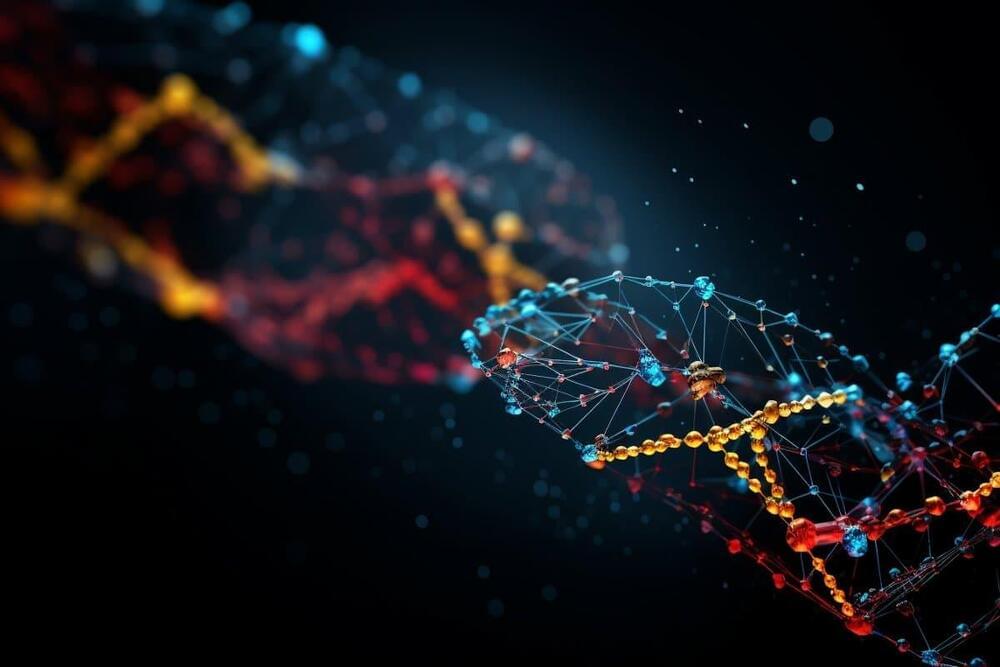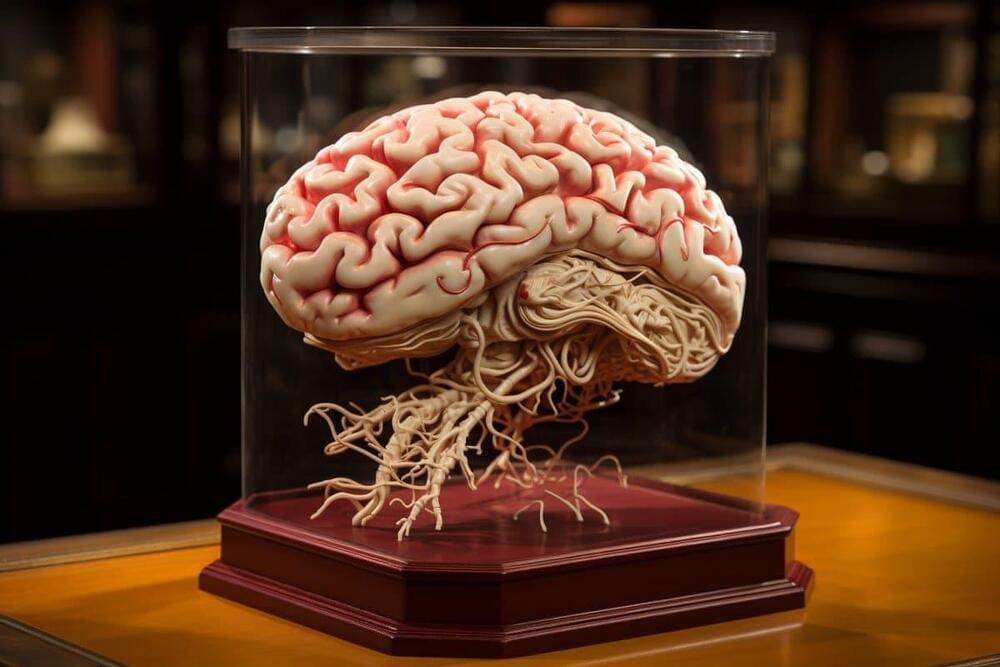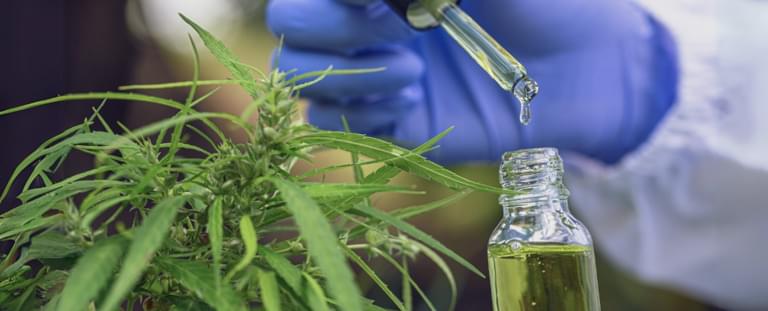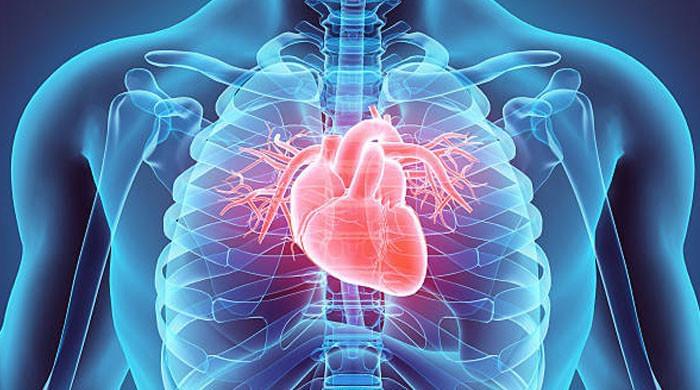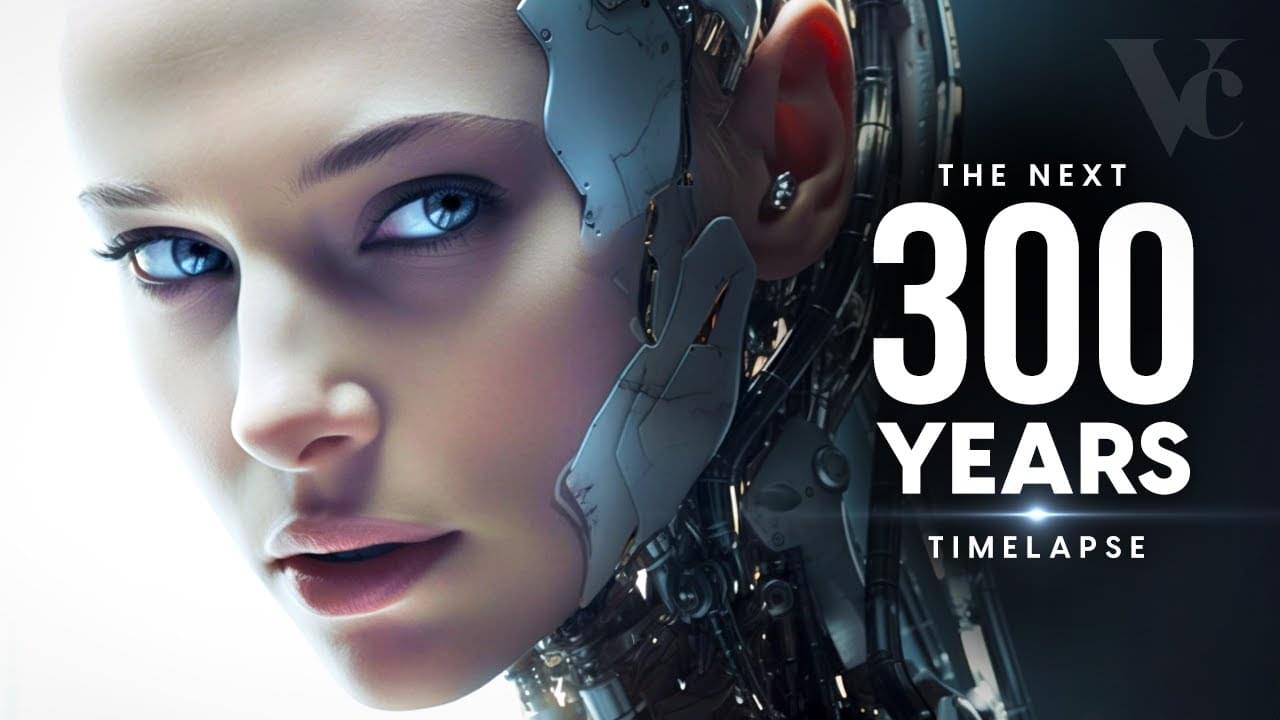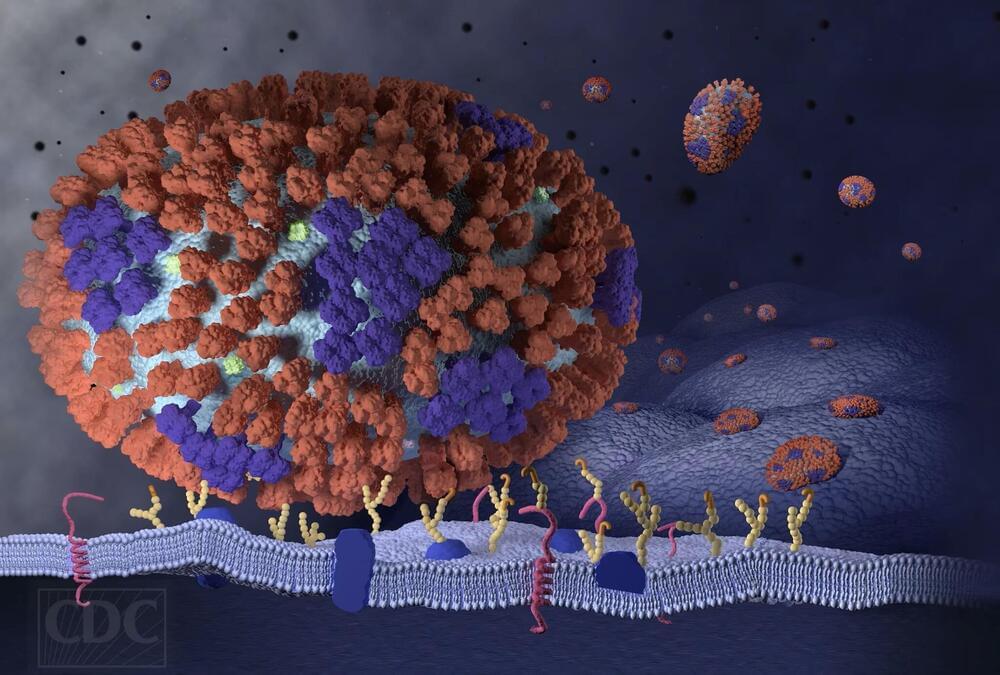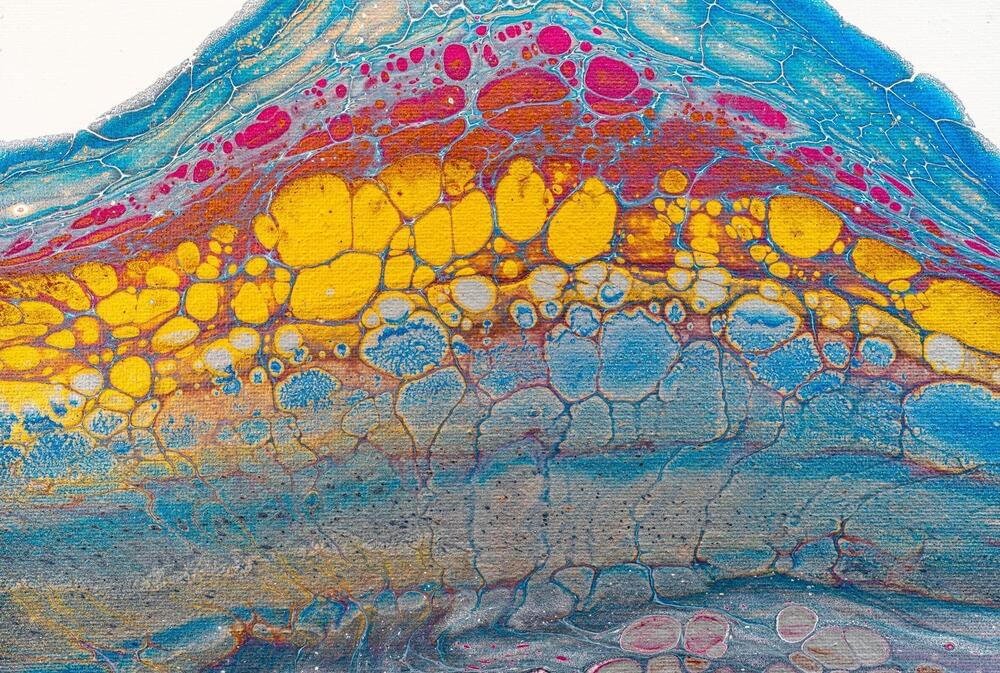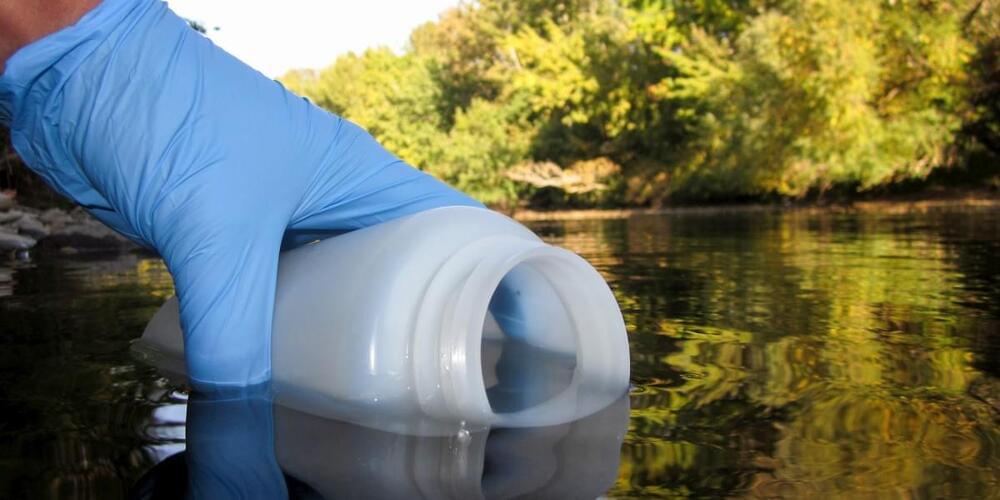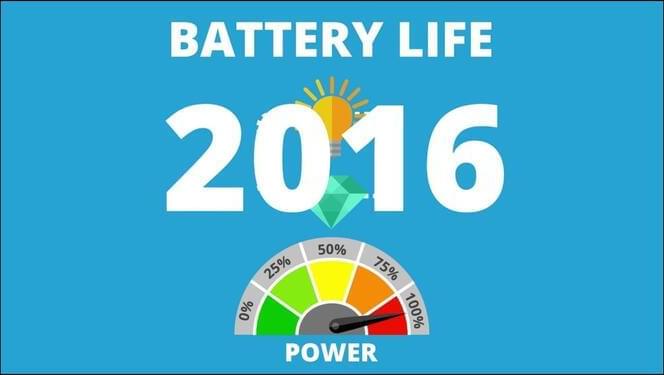Feb 14, 2024
AI Unveils Mysteries of Unknown Proteins’ Functions
Posted by Jose Ruben Rodriguez Fuentes in categories: biotech/medical, information science, robotics/AI
Summary: Researchers developed an innovative AI tool, DeepGO-SE, that excels in predicting the functions of unknown proteins, marking a significant advance in bioinformatics. Leveraging large language models and logical entailment, this tool can deduce molecular functions even for proteins without existing database matches, offering a groundbreaking approach to understanding cellular mechanisms.
Its precision has placed DeepGO-SE among the top algorithms in an international function prediction competition, demonstrating its potential in drug discovery, metabolic pathway analysis, and beyond. The team aims to apply this tool to explore proteins in extreme environments, opening new doors for biotechnological advancements.
